You’re brand new fresh out of driving school and ready to tackle the road as a new driver. You’ve been told to hold the line and stay steady in your first job. Instructors have said get on with a good company that has a training program that will build on the skills you learned at school. You look at big carriers, small carriers, and everyone in between but insurance tells you that the larger carriers are the only ones that can really hire you. You get the job, now how do you progress in your career?
Truck drivers are often looked at as a flat line opportunity at a company which means everyone is at the same level with the exception of Unions where hierarchy is a big deal. Most carriers no matter how long you’ve been there have drivers making the same amount of money as a wage, driving the same trucks, and doing the same type of work. A company is usually divided up into operations, drivers, and maintenance. There is your distinction. How do you progress in your career when everyone is the same?
Even though it may look like there are no distinctions to the drivers there actually is three separate groups within drivers that are not based on length of employment or type of work but performance. It isn’t a formal group and is solely based on how you perform as a driver good or bad. There are three separate groups.
The top group are what I call the Top 20 Percent of the Fleet. They are made up of drivers which are extremely dependable, hard workers, and go the extra mile of treating their trucks like their own and have the experience to pull any load the company has. They often are working on dedicated runs or specialty loads for the company. They generally have five years of experience or more.
The second group is the general driver pool that is about 60 percent in size and is a group of hard working drivers. They have experience and are reliable enough that they keep working and performing as they should. They may not be putting extra time on the truck but they are reliable enough to get the load down the road and be on time. They generally have to 2 years of experience or more.
The third group is the bottom 20 percent of the fleet. These are the non-performers that are always late and seem to have nothing but trouble going down the road. They are always looking for a place to work and very rarely last more than six months at any one carrier. You don’t want to be part of this group and they usually have less than 2 years of experience.
As a new person you don’t come in at the bottom of the fleet. Sure you’re the new person but you come in with a clean slate. You actually fall into the bottom of the second group until you prove yourself. Once you start driving after your training and people learn how you perform you will automatically be put into a category. If you perform well you will move into the second group and your job is to keep performing well for at least two years, the better you perform and the longer you do the higher you will climb in the ranks. After a while if you perform well and take the extra step you will enter the top. If you perform badly and seem to have trouble, accidents, or are late all the time you will fall into the last group where you will always be looking for a job and never make any money.
To sum it up, get hired on with a good carrier with a good finishing (training) program and perform well for at least two years. Keep performing well after that point and you will continue to climb the ranks hopefully reaching the top group of drivers. The top group is where the opportunities for special work, dedicated runs, specialty equipment, and career advancement all happen. You have to prove yourself and that takes time. See you at the top!














Comments are closed